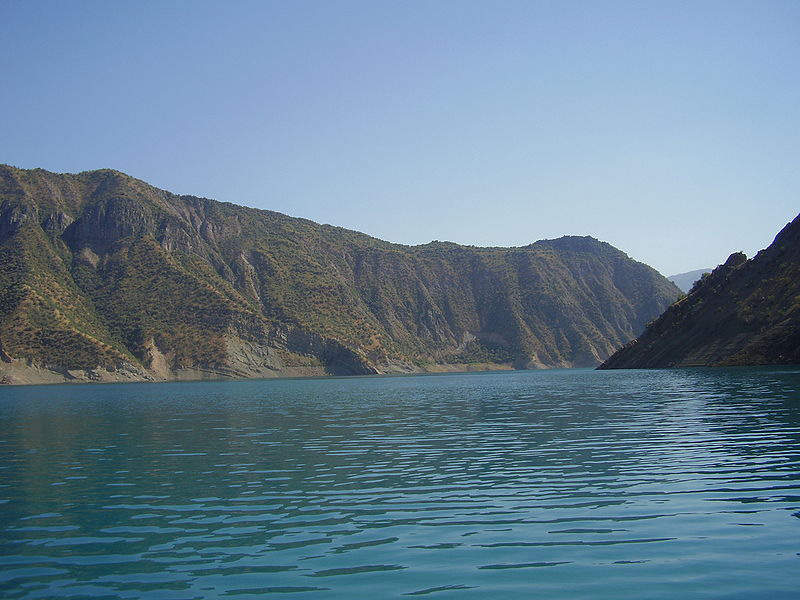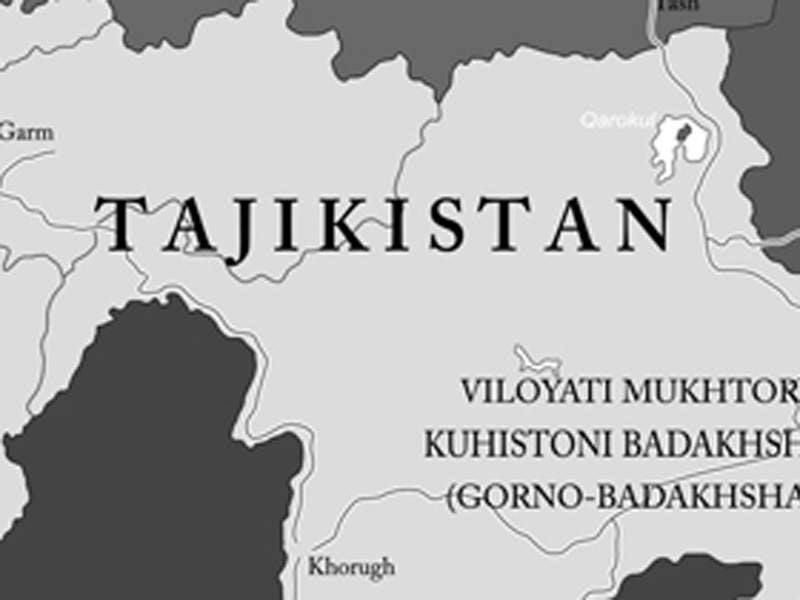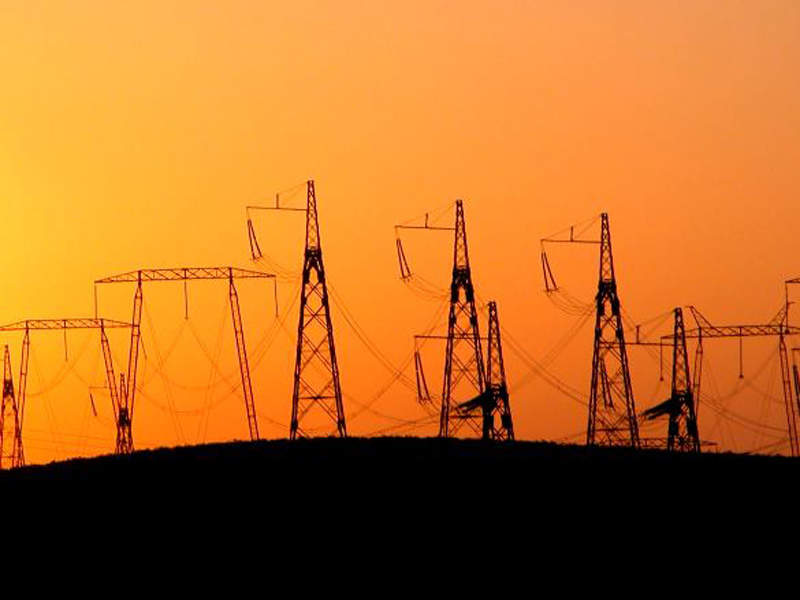The Rogun Hydropower Plant is being constructed on the upper reaches of the Vakhsh River in the Pamir mountain ranges, Republic of Tajikistan. The project is being developed by OJSC Rogun Hydropower Plant (HPP) on behalf of the Government of Tajikistan.
The 3,600MW power plant will have an output capacity of 13.1bn kWh, accounting for half of the country’s electrical installed capacity.
Part of the electrical output from the project will be sold to neighbouring countries, especially Pakistan, conveyed using the Central Asia-South Asia power project (CASA-1000) transmission line.
The 13.3km² reservoir created by the dam will further serve the purpose of irrigating 300,000ha of arid land and reduce sedimentation on the existing Nurek Dam, which is located 70km downstream of Rogun.
The project is estimated to require an investment of $3.9bn, and the dam is designed for an operational life of 115 years.
History of the Rogun hydropower plant
The project was conceptualised in the 1950s and 1960s by the Soviet Union, construction started in 1980 but was halted following the independence of Tajikistan. The construction works restarted in 2008 but were limited to the construction of safety-related and associated maintenance facilities.
The techno-economic assessment study (TEAS) and environmental and social impact assessment (ESIA) phase for the project were completed in July 2014 with funds provided by the World Bank.
The above phase was necessitated due to objections from the Republic of Uzbekistan, primarily on the initial design of the dam.
Design of the world’s tallest dam
The hydroelectric dam will have a crest elevation of 1,300m above sea level (masl) and measure 335m high. It will become the world’s tallest dam, breaking the record of the 300m-high Nurek dam.
Rogun will be a rockfill dam with a clay core, with a foundation level of 965masl, crest length of 660m and crest width of 20m.
The hydropower plant will be equipped with six radiaxial hydraulic turbines with a capacity of 600MW each. The powerhouse will be approximately 21m wide, 69m high and 220m long and will be situated in a cavern constructed of sandstone and siltstone.
Construction of Tajikistan’s biggest hydropower plant
The construction works will be performed under four separate contracts. The first contract involves the supply, erection and commissioning of the electromechanical equipment for the first four units, whereas the second contract involves the construction of the main dam for which $1.9bn has been earmarked.
The third contract will involve the construction of the right bank structures, including hydraulic tunnels and spillways, stabilisation works and the installation of hydro-mechanical equipment.
The fourth contract will involve the construction of the left bank structures, including the completion of underground structures such as headraces, powerhouse and tailrace, and installation of hydro-mechanical equipment.
The second contract is further subdivided into four stages and involves the construction of the pre-cofferdam, the cofferdam, the stage 1 dam and the full-height dam.
The pre-cofferdam is required for the diversion of the river and will be constructed of large blocks and random filling material. The cofferdam will be constructed of a bituminous core, while the Stage One dam will be constructed to enable early electricity generation.
Key players involved
Salini Impregilo has signed a framework agreement with OJSC Rogun HPP to serve as the engineering, procurement and construction (EPC) contractor for the project.
Salut Industrial Engineering Group has been contracted to manufacture and supply the specialised equipment, tanks and vessels for the water-turbine lubricating systems.
The TEAS for the project was prepared by a consortium led by Coyne & Bellier and including Electroconsult and Ipa Energy+Water Economics, whereas the ESIA report was prepared by Poyry Energy.






